Products are selected by our editors, we may earn commission from links on this page.

Despite being an inevitable part of life, death remains one of the most difficult topics to discuss. Many people fear it, while others avoid thinking about it altogether. Yet, those who work closely with the dying often develop a profound understanding of what happens in the final hours. Hospice nurse Julie McFadden has shared three signs that frequently appear about 24 hours before death, offering comfort and clarity to families and caregivers facing these delicate moments.
Worries About Dying — Normal Fears

Feeling anxious about death is deeply human. For some, the fear of dying or losing a loved one can be overwhelming. Accepting this fear as natural allows people to approach the subject with greater openness and compassion, both for themselves and for others.
Awareness of Mortality — A Unique Human Insight

Unlike other species, humans possess the awareness of their own mortality. This self-knowledge shapes how we live and how we approach death. Many who confront the end of life focus on meaning, relationships, and forgiveness as a way to find peace.
Factors That Shape Anxiety — Individual Differences
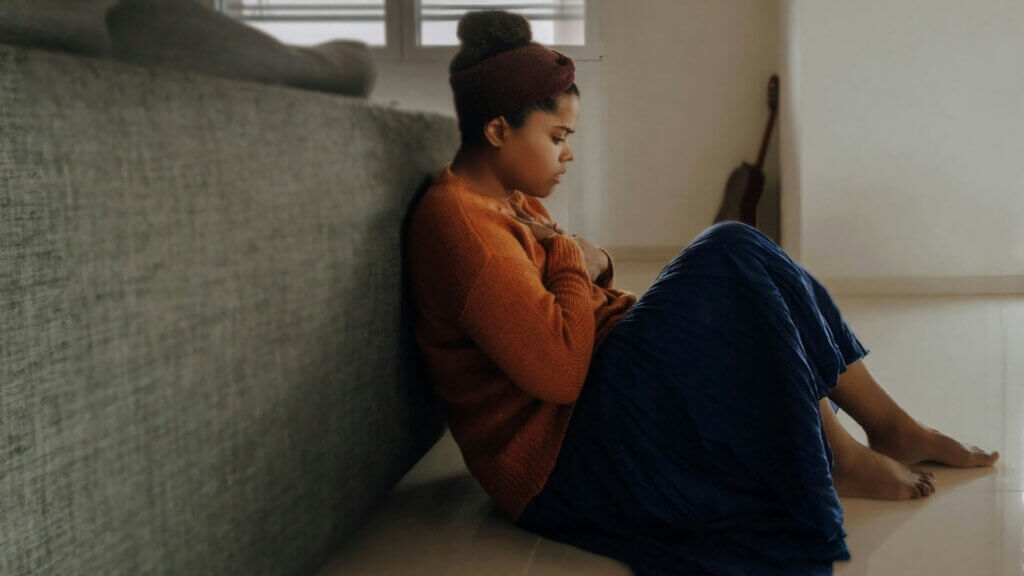
Death anxiety varies greatly from person to person. Studies show that factors like age, health, marital status, and personal beliefs can all influence how someone experiences fear of death. A strong sense of purpose or emotional connection can ease that anxiety.
Guidance at the End — The Role of Palliative Care

Palliative nurses and death doulas help people face death with comfort and dignity. They provide emotional, physical, and spiritual support, helping families understand what to expect while ensuring that patients experience peace rather than fear.
A Nurse’s Experience — Lessons from Julie McFadden
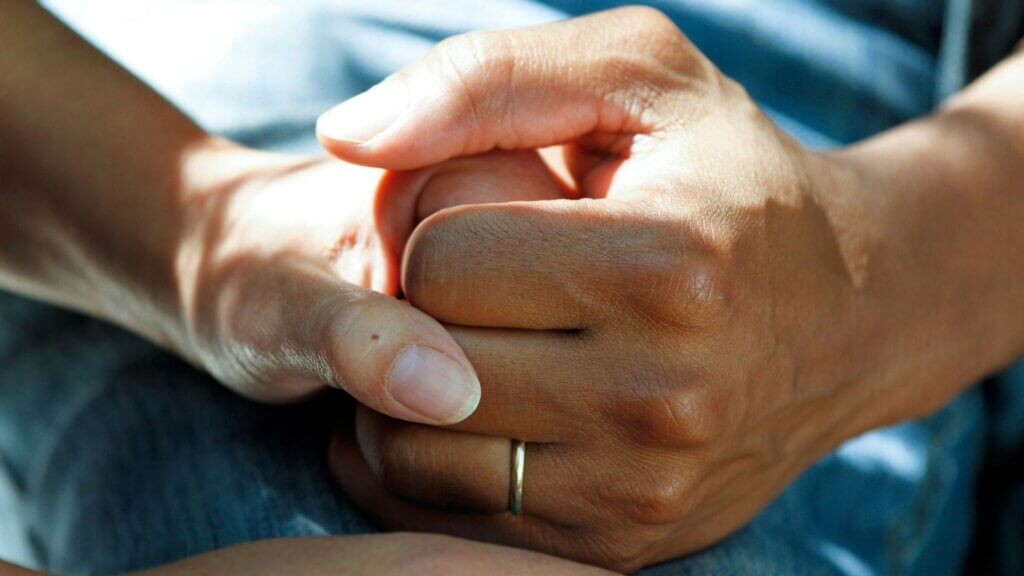
With 16 years of hospice care behind her, Julie McFadden has become a voice of reassurance for millions online. Her insights, shared in her book Nothing to Fear, encourage people to see death as a natural transition rather than something to dread.
Final Words — Love, Gratitude, Forgiveness

Before passing, many patients express love, gratitude, or forgiveness toward those around them. These moments of honesty and connection often bring comfort to families, transforming pain into a shared sense of closure and understanding.
Choosing the Moment — The Mystery of Timing
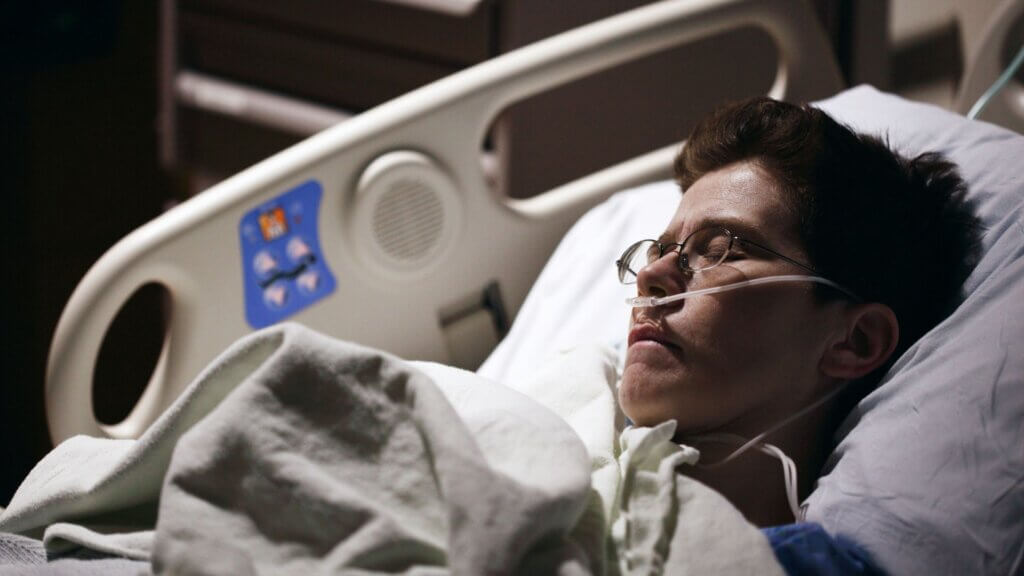
McFadden has noticed that some patients seem to choose the time of their death. Whether waiting for a special occasion or a loved one’s visit, this ability remains unexplained but deeply moving to witness.
The Death Rattle — A Natural Sound

One common sign in the last 24 hours is a gurgling noise known as the “death rattle.” It happens when a person can no longer swallow, and fluids build up in the throat. Though unsettling for families, it’s a natural part of the body’s process of letting go.
Changes in Breathing — Slow and Irregular Patterns
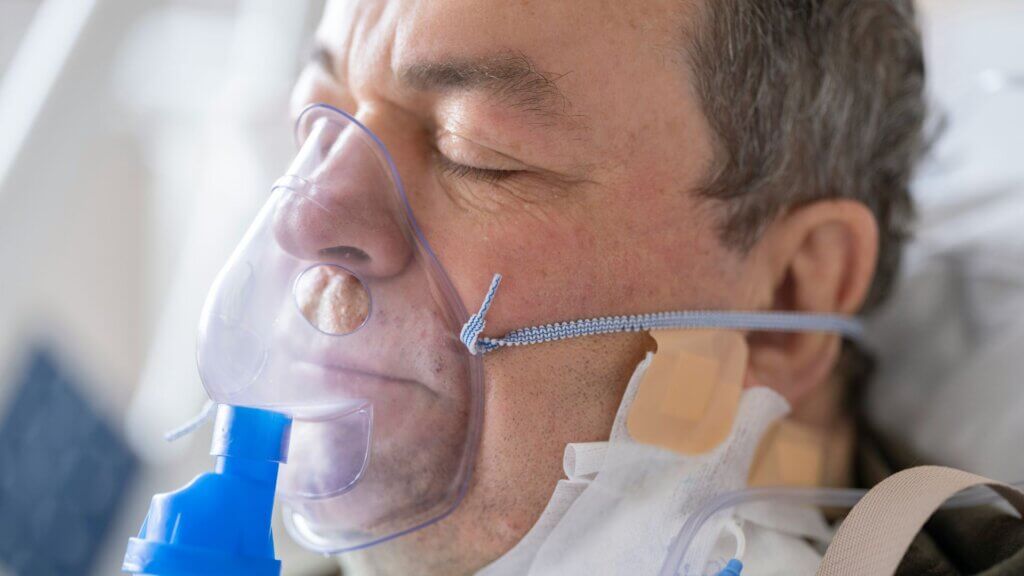
As death nears, breathing often becomes slower and more uneven. Some experience long pauses or brief gasps known as agonal breathing. While difficult to watch, these patterns are not painful; they simply signal that the body is shutting down.
The Death Stare — A Peaceful Stillness
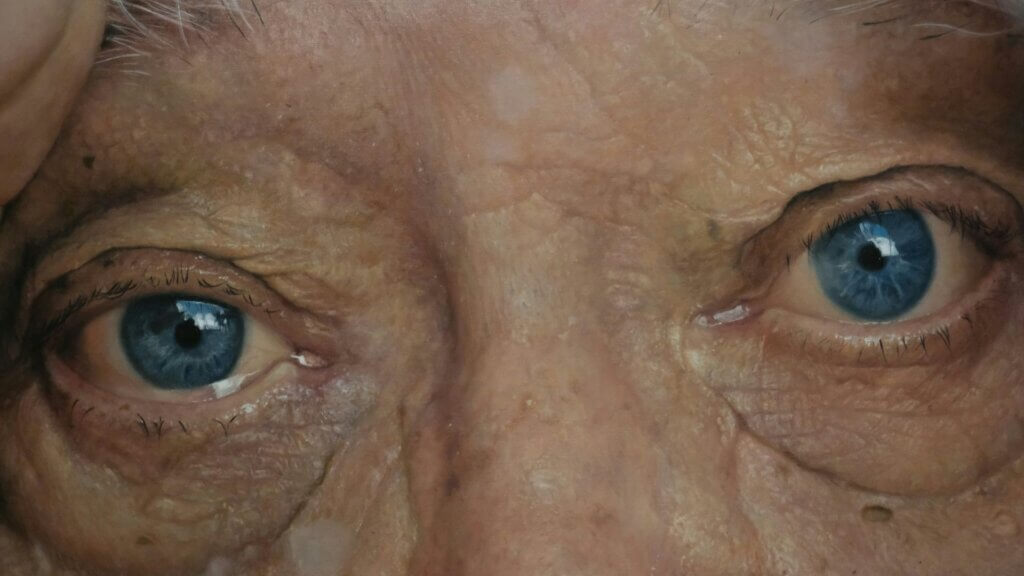
Another common sign is a fixed, unfocused gaze. Patients may appear to be looking past the room, their eyes calm and distant. Though they may seem unresponsive, many caregivers believe they can still sense the presence and love of those around them.

